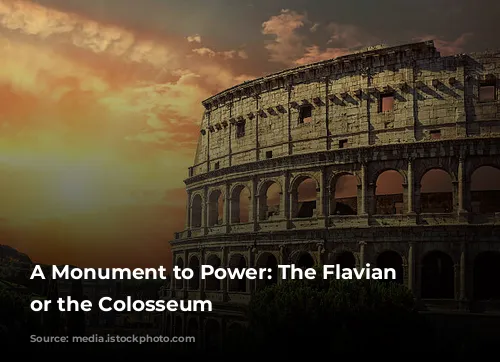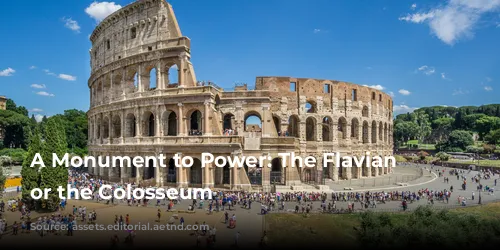The Colosseum, known to us as the Flavian Amphitheater, stands as a titan of ancient architecture, its imposing form a testament to the grandeur of the Roman Empire. While widely remembered for its gory spectacles, involving gladiators and wild beasts, the Colosseum’s significance transcends entertainment. It serves as a poignant symbol of one of Rome’s most influential dynasties – the Flavians – and showcases the ingenuity of Roman engineering.

Resurrecting Rome: The Flavian Dynasty and Their Colosseum
Following the tumultuous reign of Nero, the Flavian Dynasty, spearheaded by Vespasian, rose to power and embarked on a monumental task – to heal the wounds of a city ravaged by fire, plague, and civil war. During their reign, they undertook a massive construction program, restoring and beautifying Rome. In 70 AD, Vespasian ordered the construction of a new amphitheater, funded by the spoils of war – the plunder from the Roman conquest of Jerusalem. This grand structure, dedicated ten years later, was a powerful symbol of Rome’s resurgence, a visible embodiment of the Flavians’ strength and ambition.
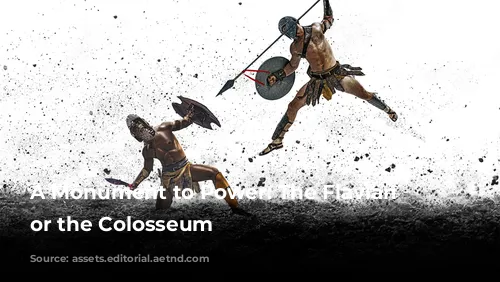
Architectural Wonder: A Marvel of Engineering and Design
The Colosseum was not merely a symbol; it was a feat of engineering and architectural brilliance. It was the largest and most elaborate permanent amphitheater of the ancient world. Constructed primarily from concrete, with over 3.5 million cubic feet of travertine, marble, and stone, it rose to a height of 157 feet, dwarfing most buildings of its time. The Colosseum could accommodate an estimated 50,000 to 80,000 spectators, making it an extraordinary feat of construction.
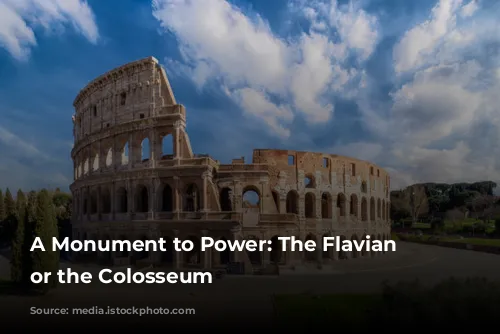
More Than Just Entertainment: Social Order in Stone
The Colosseum was built to provide entertainment, but it also served a vital social function. The Flavians, through this grand spectacle, reinforced the rigid social hierarchy of Roman society. It was a clever maneuver to maintain order while providing public entertainment. The Colosseum, by its very design, reflected this hierarchy, offering spectators varying levels of access and visibility depending on their social standing.
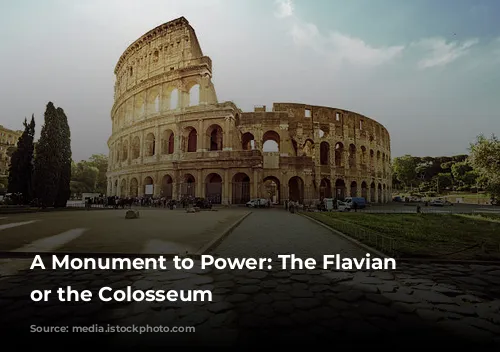
Seating Arrangements: A Hierarchy in Stone
The seating arrangement within the Colosseum was a visual representation of Rome’s social order. The most coveted seats, closest to the action, were reserved for the Emperor and the esteemed senators. The Equestrian Order, comprising merchants, artisans, and former cavalry members, occupied the seats above them. The remaining 95% of the population – women, foreigners, and the less privileged citizens – were relegated to the upper tiers.
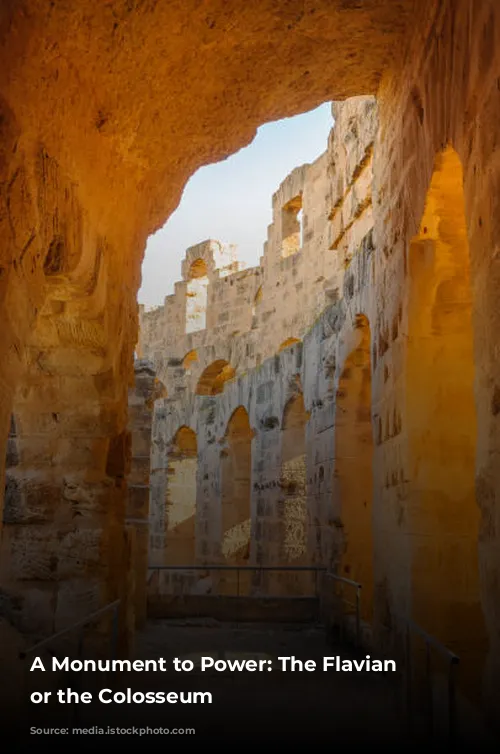
A Welcoming Yet Controlled Entrance: Navigating the Colosseum
The flow of spectators was carefully controlled through strategically placed entrances. While the elite had dedicated access points, the majority of the population entered through 76 designated entrances. Corridors separated the social groups, preventing mingling and ensuring order. The Colosseum’s architecture ensured that while seating was not equal, every spectator had a clear view of the arena.
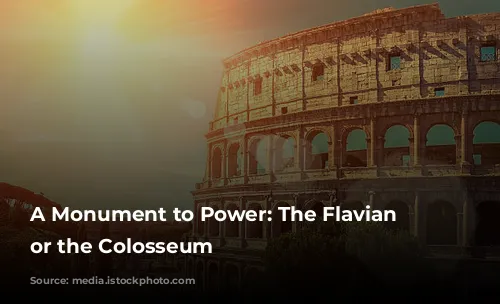
The Architectural Legacy of the Colosseum
While the Colosseum was a marvel of its time, it wasn’t the first amphitheater. However, unlike the earlier, temporary wooden structures, the Colosseum was built for longevity, constructed from durable materials like stone and concrete. The architect of this monumental structure remains unknown, but the Colosseum’s design was influenced by earlier structures like Greek theaters.

Concrete: The Colosseum’s Secret Weapon
The Colosseum stands as a testament to the Roman mastery of concrete. Its innovative use of concrete allowed for the construction of a structure of unprecedented scale and permanence. This building material played a critical role in ensuring its survival for over two millennia.
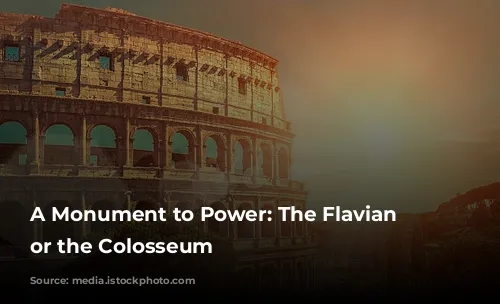
A Foundation for Enduring Legacy: The Strength of the Colosseum
The Colosseum’s remarkable longevity is partly attributed to its robust foundation. Built on a marshy area near the Tiber River, the builders recognized the need for a strong foundation to support the massive structure. They dug deep and constructed a solid base, ensuring its stability even in challenging soil conditions.
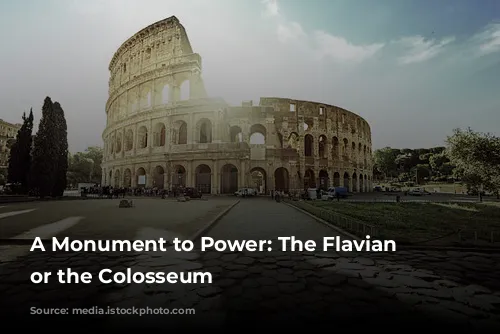
Beyond Spectacles: The Colosseum’s Ingenious Features
The Colosseum was not just a structure for games; it was a marvel of engineering and design. It boasted a sophisticated drainage system to manage water during mock naval battles. A retractable awning provided shade from the Roman sun and rain, operated by skilled sailors. The complex network of tunnels and chambers beneath the arena floor, known as the hypogeum, held props, scenery, and participants. Trap doors, pulleys, and lifts added dramatic elements, allowing elephants and other combatants to make surprise appearances, captivating the audience.
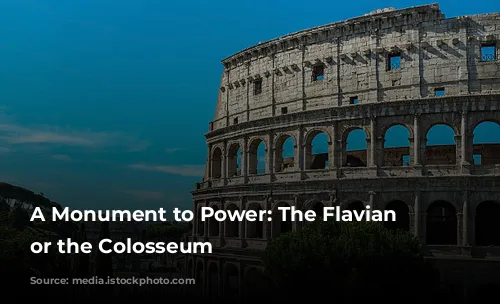
Financing the Colosseum: The Spoils of War
The construction of the Colosseum was a monumental undertaking, and it required substantial financial resources. Many scholars believe that a significant portion of the funding came from the spoils of war – the plunder seized from the Jerusalem Temple during the First Roman-Jewish War. An inscription at the Colosseum reads: “The Emperor Titus Caesar Vespasian Augustus ordered the new amphitheater to be made from the (proceeds from the sale of the) booty.”
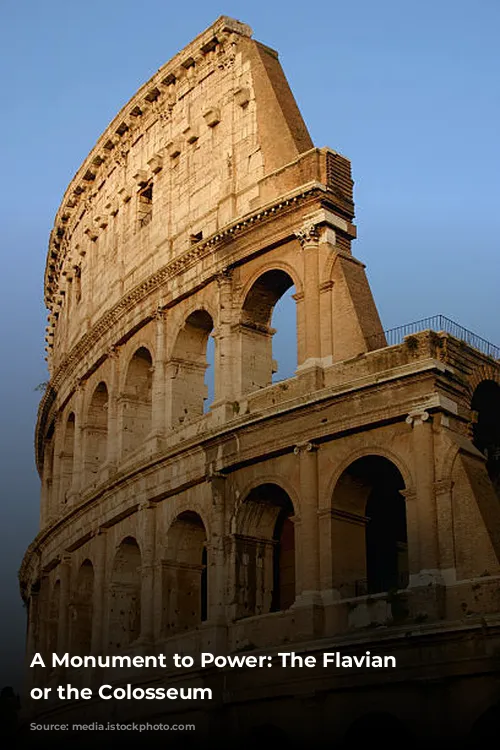
The Labor of the Colosseum: A Contentious Debate
While the Colosseum’s financing is widely accepted, the source of labor remains a subject of debate. Traditional narratives posit that 100,000 Jewish slaves, captured during the Siege of Jerusalem, were forced to build the structure. However, this assertion is contested. While slavery was a significant part of Roman society, there’s no concrete evidence supporting the use of Jewish slaves solely for the construction of the Colosseum. While the exact number of slaves used is unknown, the practice of using slaves for construction projects was common in ancient Rome.

An Enduring Legacy: The Colosseum’s Impact on Modern Stadiums
The Colosseum’s impact extends beyond ancient Rome. Its design and layout have influenced the construction of modern sports stadiums. Its use of arches for support, the elliptical shape, and the system for controlling spectator flow based on seating location remain fundamental elements in modern stadium design. The Colosseum’s legacy lives on in the structures that host our modern-day spectacles, reminding us of the enduring power of Roman architecture and engineering.
